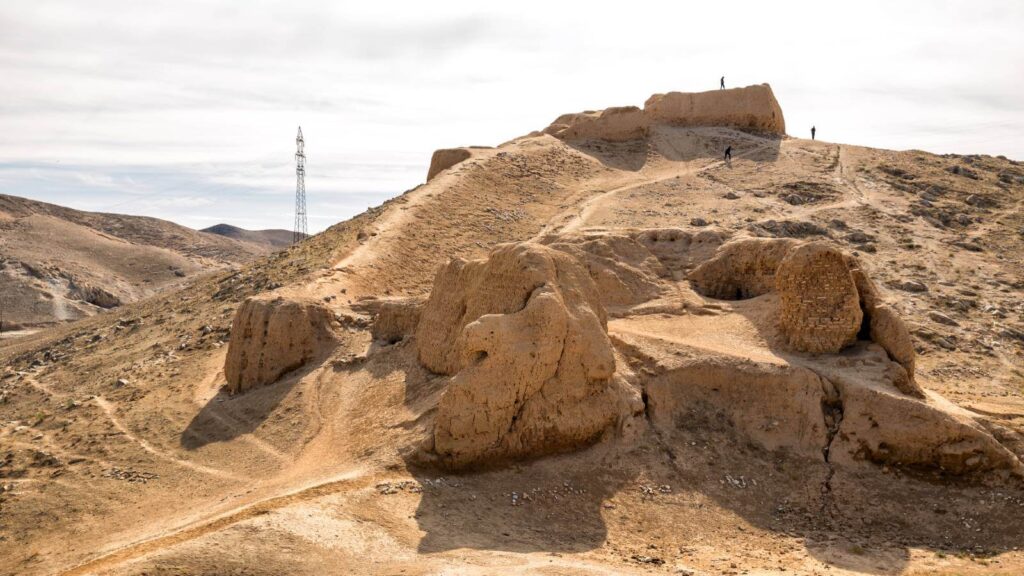History and Culture
Alexander the Great was born in the Kingdom of Macedon in 356 BC. The Greek chronicler Plutarch wrote that his mother, Olympia, dreamt her womb was struck by a thunderbolt, interpreting it that she had been impregnated by the god Zeus. In any case, it was an omen that the child was destined for extraordinary things. As a young man he was taught to read, ride, hunt, and play the lyre, and for a period he was tutored in medicine, literature, and philosophy by Aristotle.
By the time he was in his late teens, Alexander was already on the battlefield. His father, Philip II, dispatched him to subdue revolts in Thrace and on campaigns in southern Greece, and they marched together on Thermopylae, Elatea, and the Peloponnese. Alexander acceded to the throne after his father’s assassination in 336 BC and immediately began eliminating rivals to consolidate his power.
Having conquered the Balkans to secure Macedon’s northern borders, Alexander turned his attention east. He fought and won against the Achaemenids in Persia, took Syria, Egypt, and the Levant, and then moved on through Central Asia to what today is Pakistan. His marriage to Roxana, daughter of the Sogdian warlord Spitamenes, cemented their alliance, offering a degree of stability and laying the foundations of the Graeco-Bactrian Kingdom.
What to See and Do
Although contemporary accounts of Alexander’s campaigns have all been lost, later texts based on those sources survive, so we have a fairly clear idea of where he went and what he did. And there is also a strong archaeological record left behind.
Alexander founded more than 20 cities, many of which he named after himself. Alexandria in Egypt is the most famous, but his notable Silk Road cities include Alexandria Eschate (Khujand), and Alexandria on the Oxus (Kampir Teppa). The latter is particularly intriguing, as it is only recently that the archaeological site has been convincingly linked with the site described in Greek texts. Many of Alexander’s fortresses are still standing, too, albeit in a ruinous state. Nurota Fortress above Nurota Chashma had its own subterranean water supply, Koriz; the Khujand Historical Museum is housed inside the city’s fortress; and Kurganzol still looks out on the Uzbek-Turkmen border.
There are plenty of natural sites associated with Alexander, too. It is said that if you visit Iskanderkul Lake on a full moon night, you’ll see his horse, Bucephalus, rising from the water. The Gates of Alexander refers to a mountain pass, most likely the Darial Gorge below Mount Kazbek; we know he passed through the Iron Gates of Derbent; his troops left behind descendants in the Hunza Valley; and his horses are credited with discovering the Khewar salt deposit, which today
is the world’s second largest salt mine.













